 This version (24 Jun 2022 15:11) was approved by erbe reyta.The Previously approved version (24 Jun 2022 15:09) is available.
This version (24 Jun 2022 15:11) was approved by erbe reyta.The Previously approved version (24 Jun 2022 15:09) is available.
This is an old revision of the document!
Instruments that operate at RF range with features like low distortion, ultra low phase noise, and portable signal generator are difficult to provide at reasonable cost.
The system shown below in Figure 1 is an entirely self-contained DC to 6 GHz signal generator. It only requires the Raspberry Pi (RPi) to operate. The RF digital-to-analog converter (DAC), controlled using a 100 MHz Serial Peripheral Interface (SPI) from the RPi, allows for single tone, phase coherent, and fast frequency hopping across the spectrum. All the clocking requirements are generated using an on-board crystal, so no external clock source is needed. All the necessary power rails are also converted from the RPi into various supply voltage requirements of the RF signal generator.
The system is designed to simplify the input requirements, optimize signal paths, and reduce external cables and components. This circuit can act as a standalone laboratory equipment or can be incorporated as a module into automatic test equipment. Its small size makes it particularly attractive when multiple channels are required. This RPi-compatible solution makes high speed signal generation more accessible and economical.
Figure 1. EVAL-CN0511-RPIZ Evaluation Board
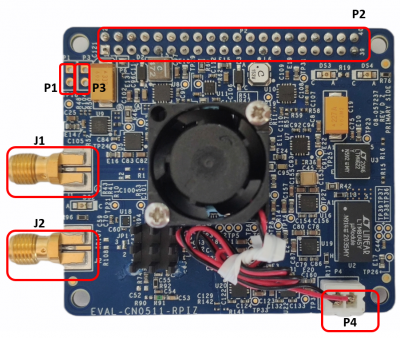 Figure 2. EVAL-CN0511-RPIZ Block Terminal Assignments
Figure 2. EVAL-CN0511-RPIZ Block Terminal Assignments
 Figure 3. Test Setup Functional Block Diagram
Figure 3. Test Setup Functional Block Diagram
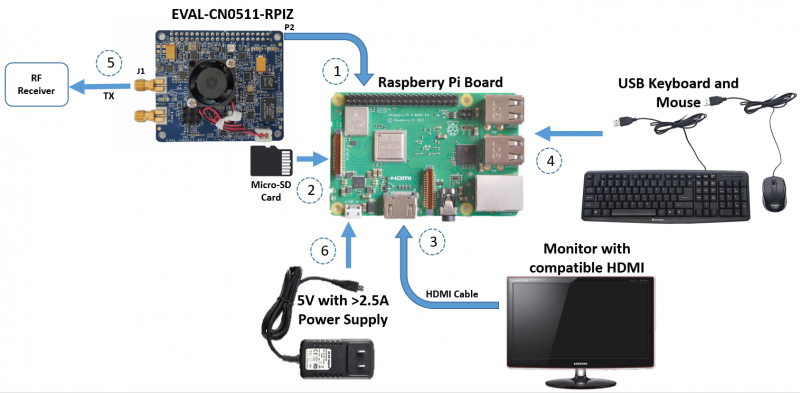
Figure 4. Hardware Connections of CN0511
To set up the circuit for evaluation, follow these steps:
The CN0511 reference design board is supplied with an ultra low phase noise CMOS, voltage-controlled crystal clock oscillator. If the performance requirements cannot be met, an external option is available, which is limited of up to 500 MHz clock source input. This external clock source can be connected through the on-board SMA port.
The CN0511 has a solder jumper (JP1) which configures different settings for the clock source, as shown below. The default position of JP1 is set at A-COM.
 Figure 5. EVAL-CN0511-RPIZ Clock Source Schematic Diagram
Figure 5. EVAL-CN0511-RPIZ Clock Source Schematic Diagram
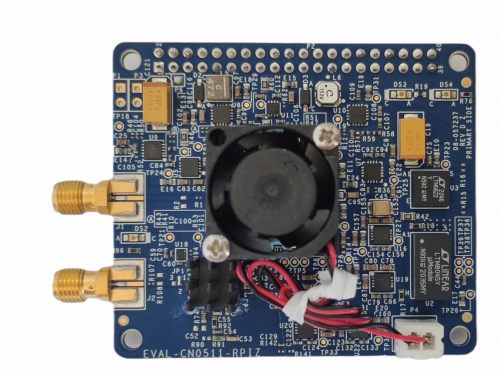
Figure 6. EVAL-CN0511-RPIZ Clock Source Assignment
RPi connects to the EVAL-CN0511-RPIZ through 40-pin connector P2.
 Figure 7. Input Power Supply Connection Options of CN0511
Figure 7. Input Power Supply Connection Options of CN0511
Figure 8. Input and Output Connection Guide of CN0511 Raspberry Pi with a Spectrum Analyzer and External Clock Source
The AD9166 is a high power device that can dissipate nearly 4 W depending on the user application and configuration. The EVAL-CN0511-RPIZ has a high cooling requirement; therefore, the fan should always be on to regulate the temperature below 60 degrees Celsius.
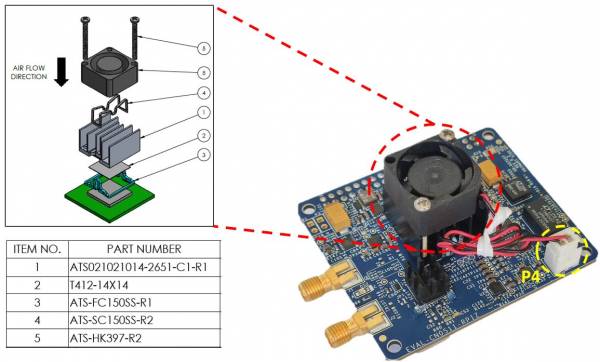 Figure 9. Cooling Management Guide of CN0511
Figure 9. Cooling Management Guide of CN0511
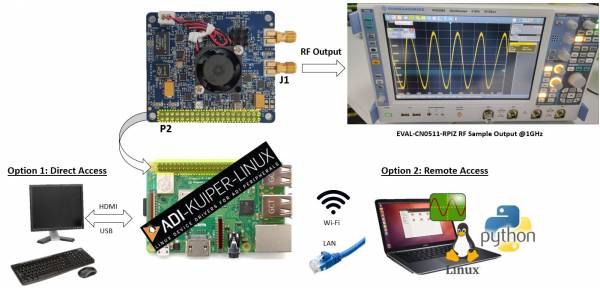 Figure 10. Overall System Setup Overview of CN0511
Figure 10. Overall System Setup Overview of CN0511
For the device to run, the SD card should have a preinstalled OS, which is the Analog Devices Kuiper Linux, a distribution based on Raspbian for the Raspberry Pi. It incorporates Linux device drivers for ADI products and is created with ease of use in mind. The reasoning behind creating this distribution is to minimize the barriers to integrating ADI hardware devices into a Linux-based system.
If a remote access in the device is required in an application, the CN0511 can be accessed through a remote PC connected either via LAN cable or Wi-Fi.
Once the device has been set up, the generated RFoutput from the CN0511 can be viewed at its output terminal.
To boot the RPi, obtain an SD card “image”, and write (or “burn”) it to a card. Refer to this guide on Burning SD Cards: Burning SD Cards
For the Linux kernel to identify the device connected to the expansion header, update the device tree overlay. A Device Tree Overlay contains information about additional connected hardware, the EVAL-CN0511-RPIZ for this case. The overlay file is already included in the SD card and just needs to be matched to the EVAL-CN0511-RPIZ. With the RPi connected to the EVAL-CN0511-RPIZ and booted up, open a command prompt and type the commands, as shown below. The command prompt can be easily accessed using one of the icons in the window header. By default, it should be the fourth icon from the left of the window header.
analog@analog:~$ sudo nano /boot/config.txt
This brings up the file in the terminal. Scroll down until the line that begins with “dtoverlay” is found; then, whatever it currently is, change it to:
dtoverlay=rpi-cn0511
Save the file by Ctrl + X command. Reboot the system by typing on the command prompt:
analog@analog:~$ sudo reboot
Follow the steps below when using a lower Kuiper Linux version released on July 28, 2021
Clone the latest ADI linux image
analog@analog:~$ git clone https://github.com/analogdevicesinc/linux_image_ADI-scripts
Go to linux_image_ADI-scripts directory
analog@analog:~$ cd linux_image_ADI-scripts
analog@analog:~/linux_image_ADI-scripts $
From the linux_image_ADI-scripts, go to usb-gadget-service directory
analog@analog:~/linux_image_ADI-scripts $ cd usb-gadget-service
analog@analog:~/linux_image_ADI-scripts/usb-gadget-service $
Install install_gt.sh
analog@analog:~/linux_image_ADI-scripts/usb-gadget-service $ sudo ./install_gt.sh
Enter the password “analog”
[sudo] password for analog: analog
Reboot the system
analog@analog:~$ sudo reboot
Clone the libad9166-iio from Github
analog@analog:~$ git clone https://github.com/Demon000/libad9166-iio
Go to libad9166-iio directory
analog@analog:~$ cd libad9166-iio
analog@analog:~/libad9166-iio $
Install the libad9166-iio
analog@analog:~/libad9166-iio $ cmake ./CMakeLists.txt
analog@analog:~/libad9166-iio $ make
analog@analog:~/libad9166-iio $ sudo make install
Enter the password “analog”
[sudo] password for analog: analog
Clone the latest IIO-Oscilloscope from Github
analog@analog:~/libad9166-iio $ git clone https://github.com/analogdevicesinc/iio-oscilloscope
Go to iio-oscilloscope directory
analog@analog:~/libad9166-iio $ cd iio-oscilloscope
analog@analog:~/libad9166-iio/iio-oscilloscope $
Checkout the files from cn0511_calib
analog@analog:~/libad9166-iio/iio-oscilloscope $ git checkout staging/cn0511_calib
Create a directory
analog@analog:~/libad9166-iio/iio-oscilloscope $ mkdir build
Go to the created directory and install the IIO Oscilloscope
analog@analog:~/libad9166-iio/iio-oscilloscope $ cd build
analog@analog:~/libad9166-iio/iio-oscilloscope/build $ cmake ..
analog@analog:~/libad9166-iio/iio-oscilloscope/build $ make
analog@analog:~/libad9166-iio/iio-oscilloscope/build $ sudo make install
Run the IIO Oscilloscope
analog@analog:~/libad9166-iio/iio-oscilloscope/build $ ./osc
The RPI_demo_cn0511 provides a solution for controlling RF output power and tuning from DC up to 6 GHz, using the EVAL-CN0511-RPIZ hat installed on an RPi base board. The user interface is implemented through wired and wireless connection.
The EVAL-CN0511-RPIZ can be evaluated with the IIO Oscilloscope. Customers can use the CN0511 plug-in tab, debug tab, and the DMM tab. Various controls and diagnostics are available in these plug-ins.
The CN0511 plug-in tab provides a simple user interface to control the EVAL-CN0511-RPIZ as a signal generator.

Figure 11. Graphical User Interface (GUI) window of ADI IIO Oscilloscope with CN0511 Plug-in
The debug tab provides direct access to IIO device and channel attributes, as well as the registers of the CN0511 components. The IIO attributes and registers can be read and written for advanced configuration and information.
The DMM tab provides temperature readings for ADF4372 and AD9166 using internal temperature sensors on both devices.
The DAC Data Manager tab provides set the DAC output scale for AD5693r that sets the bias on the on-board crystal oscillator.
You can find the sample python script in GitHub from this link: https://github.com/Demon000/libad9166-iio/blob/master/test/ad9166_calibrate.c
EVAL-CN0511-RPIZ Design & Integration Files
End of Document